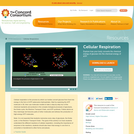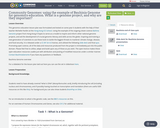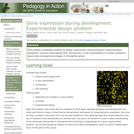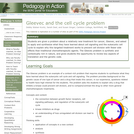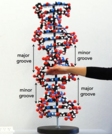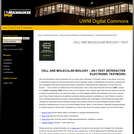
Like most introductory science textbooks, this one opens with a discussion of scientific method. A key feature is its focus on experimental support for what we know about cell and molecular biology. Understanding how science is practiced and how investigators think about experimental results is essential to understanding the relationship of cell structure and function…, not to mention our relationship to the natural world. This is a free Open Education Resource (OER), covered by a Creative Commons CCBY license (check out the Preface!). Every chapter begins with learning objectives and links to relevant recorded lectures. As used by the author, the iText engages students with embedded “just-in-time” learning tools. These include instructor’s annotations (comments) directing students to animations or text of interest, as well as links to writing assignments and quizzes. These interactive features aim to strengthen critical thinking and writing skills necessary to understand cell and molecular biology, not to mention science as a way of thinking in general. Please excuse the marketing terms, but you can choose between Bronze, Silver, or Gold versions, reflecting increasing potential for student interaction with the iText. Download your choice of the iText or the sample chapter at one of the links below.
- Subject:
- Biology
- Life Science
- Material Type:
- Lecture
- Textbook
- Provider:
- University of Wisconsin-Milwaukee
- Provider Set:
- University of Wisconsin-Milwaukee Digital Commons
- Author:
- Gerald Bergtrom
- Date Added:
- 09/17/2015
